Truly not a bad program. BUT. It is a waste of time to core aerate until you've got a mature crop of grass. So cross that one off. The other thing that pops out is the excavation of the soil. The very top 4" is the soil you want to use. The subsoil is (NW) almost pure clay and to mix that up into your top soil would be asking for tons more work. I'd scrape 4-6" of the soil off the top FIRST and put it just outside the realm of your proposed lawn. I have a feeling that we've missed something translating your answer.
Please send pictures of the entire area. One of the things you want to do, the digging up and breaking up and excavating is contraindicated for clay soil and I KNOW the NW soils. They are very wet now and for quite awhile. Do not use machinery on wet clay soil. Do not use heavy machinery running around on this area. (go to other answers about lawns and clay soil).
Clay makes a fine lawn bed. Grading should take place when the 4-6" of top soil is very dry. I would bring in top soil instead of worrying about excavating. Grade by hand with 3' wide GRADING RAKES. Get a roller filled with water to compact. I know this sounds opposite of what I've just said but if you've got dry, friable top soil graded you have to compact to get air pockets out or you will have a roller coaster surface. Grade again, fill in holes and grade again. Do this before any rainfall. Forget fertilizing until you've got grass substantially growing.
I WOULD NOT seed. Go get sod and sod your lawn bed. Forget about any herbicide. Sod alone stops most weeds including crab grass. If you don't excavate and break up the weeds already there, the maintenance program I will outline will take care of any crabgrass. And deciduous weeds. Use the roller on your newly sodded lawn!
Herbicide for crabgrass will kill any grass even your lawn grasses or at least make your grass crop wimpy.
Irrigation is best done AFTER laying your sod AND ornamental plants
in their raised beds. Truly. Hard to believe but when you know where the edges of your lawn are and have already planted your plant beds, it is far easier to design your irrigation system. Irrigation system companies go in and are able to know how far a head needs to spray and overcross with others. Lawn and plant beds should be SEPARATE ZONES. Also south facing beds and lawns need to be considered separately from the north and shaded zones.
The trench for irrigation lines (1 inch, don't fall for different sizing) is only 6" wide. When they finish you will not be able to even tell that there was any construction done. I would wait to mulch until completely done with planting and irrigation. (If you are near Seattle go look up Sawdust Supply and get Gro-Co, I won't use any other 'mulch'...this stuff is incredibly beautiful, smells great, fine fine texture, dark taupe...I envy you. In Oregon, I can't find this stuff, trust me on this).
Wait to fertilize until after the first mowing when the sod will not come up if you pull. Wait to do the irrigation until after the first mow as you do not want to walk on new sod...as little as possible anyway.
Watering before irrigation is easily done via cheap oscillating sprinklers. Shallowly and frequently. Once the irrigation system is in you need to start training the roots of your plants and grass by watering deeply and NOT WATERING AGAIN until you are able to see your footprints left on the lawn. Then water deeply again. Check by using a shovel and digging down it should be wet at least 2" at first. Then 4" (allowing to dry in between waterings until you are able to see footprints on lawn)...then 6" deep. Take 2 or 3 deep watering-allowing to dry sequences at each level. This will eventually add up to 1" per week of water and one watering per week.
During hot weather or water restrictions you will have a green healthy lawn and plants while others go brown.
Fertilizer, I have found that a bit more expensive organic slow release fertilizer is worth every penny! Check out Dr. Earth's, read the info and I am sure you'll be able to 'shop' using that information. It also includes bacteria to take care of thatch and the SLOWNESS doesn't make your grass become susceptible to disease or insects. I truly was blown away. I will NEVER use 'fast result' Scott's or Ortho again. No matter the size of lawn.
One also doesn't need to fertilize as often and helps even out the costs.
Aeration, pulling plugs, leaving them right where they fall is done once per year. A good time to pull the neighborhood together...very fast very easy very necessary for healthy lawns.
The HEIGHT of your lawn IS CRITICAL!!! Find a mower, gas (please), hydrostatic (for the Pacific NW you bet), that you are able to set to 3"!! Not 2 1/2" but 3"! Get an extra set of blades to make sure the blades are always super sharp. I rotate out blades every other mowing for large lawns. Also get gas and air filter replacements and make the store show you how to change out. If you are able to keep dirt out of your machines they will last forever. Stihl is totally dependable and what I use. At the same time purchase a gas blower and a gas line trimmer. I take the shield off and the bump and go head to trade for a set head. Wear glasses and become very aware where you are throwing. Shields do not prevent throwing and accidents. And you'll actually be able to see what you are doing where you are cutting.
There should be a trench to collect water 6" by 6" as the 'edge' of your lawn between plant beds. This trench makes the most beautiful edge for a lawn. The most beautiful. Needs cleaning out periodically done before remulching (every 2 years as the soil organisms are eating the mulch and multiplying IF THE MULCH is decomposed). Careful about wacking your grass any shorter than 3". Especially on the edges. Use your blower to blow all fertilizer off your concrete.
ONLY do lime applications if your soil tests show too acid of a soil. Follow the directions.
Forget putting your lawn where it gets shade. Seriously. Moss is only an opportunist; if it is bare ground and shady or stays too moist (rain) moss will cover the bare ground. FORGET moss control. For one thing it is a waste of time and pushes the pH down and grass will always be wimpy.
By keeping the lawn height at 3" you'll shade out any germinating weeds, slow the evaporation of the soil's moisture. You will have the greenest healthiest lawn you've ever known. I KNOW these cool season grasses and this monster called a lawn very, very well. Hope this saves you some work as well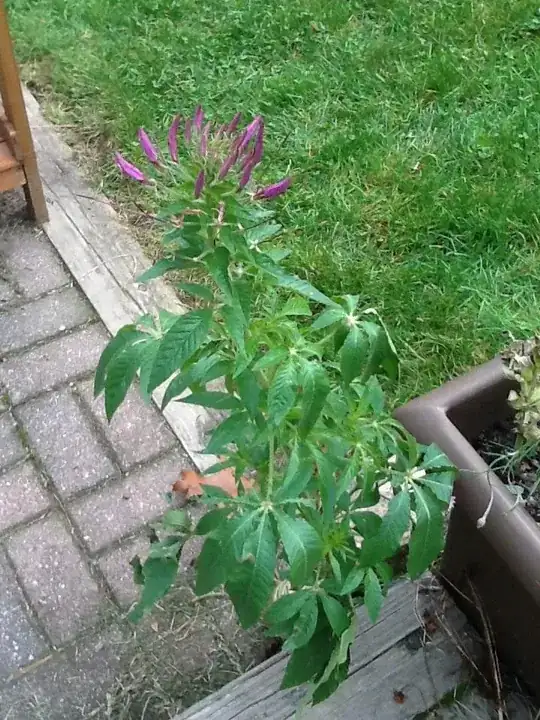 ]1
]1
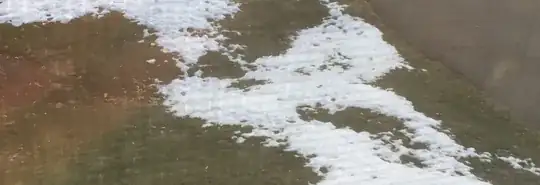
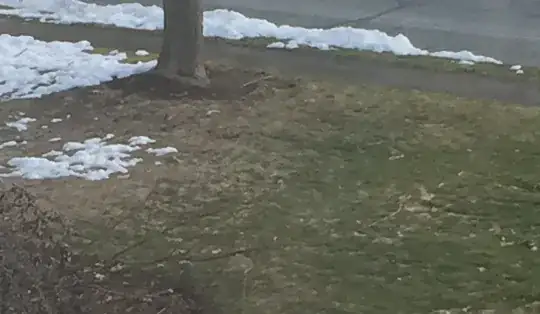
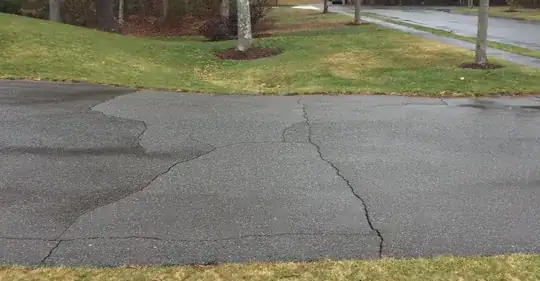
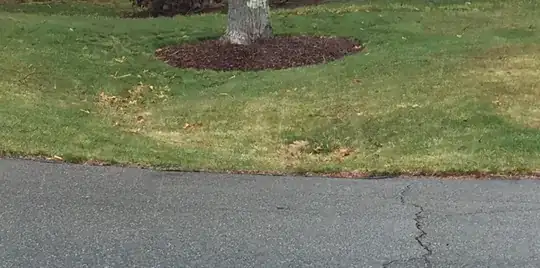

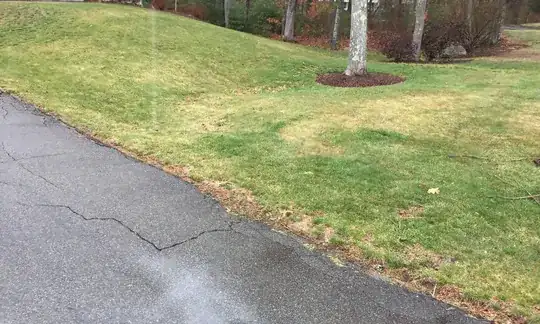
 ]
]